Introduction to Genealogical DNA
Have you just got your DNA results back and you want to know if your Stewart ancestor is genetically related to the Stewarts of Balquhidder, but the terms are all new to you and you don’t know what a haplogroup, subclade, or SNP is Hopefully this article will help you.
If you already understand the basics of DNA and just want to understand the specific SNPs that have been identified for the Stewarts of Balquhidder, then click here:
For simplicity,
– in this article, all gender terms (including “male, female, mother, father, daughter, son,” etc.) are intended to refer to genetic biology (i.e. whether you were born with XY or XX chromosomes) and not to gender identity or gender roles. That is, all male (XY) gender terms are intended to include their transgender female or non-binary equivalents and vice-versa.
– the name “Stewart” in this article is understood to include all spelling variants of the surname (including Stewart, Stuart, Steuart, Steward, etc.). How your surname is spelled makes no difference to your genetic ancestry.
Three Types of DNA
Firstly, it’s important to determine which type of DNA match you have. There are three types of DNA used to determine genealogical connections:
- Autosomal DNA (atDNA)
- Mitochondrial DNA (mtDNA)
- Y-DNA
Each of these tests measures a different type of DNA and provides different information about your ancestors.
atDNA
Autosomal DNA helps you find cousins more so than ancestors. By comparing your tree with your cousins’ trees, you can sometimes expand your knowledge of your tree. However, an atDNA test cannot confirm connections to specific ancestral families without matching with a cousin who has already connected their tree to that specific ancestral family. So an autosomal DNA test on its own cannot tell you if you descend from the Stewarts of Balquhidder (or any other family) unless you happen to match with someone who already knows they descend from the Stewarts of Balquhidder. Autosomal DNA tests can be taken by anyone (male or female) and are available from Ancestry, 23andMe, and MyHeritage.
With atDNA tests, your best results will be found by comparing yourself to the largest database possible, which, at present, is Ancestry. Anyone taking at atDNA test should upload their results to GedMatch (a free site) to enable you to compare your results to people who tested with different companies.
mtDNA
A Mitochondrial DNA test measures the maternal line and can be taken by anyone, as mitochondrial DNA is passed from mother to sons and daughters, but only daughters pass it on to their children. However, an mtDNA test cannot confirm if a maternal Stewart ancestor belongs to the Stewarts of Balquhidder unless she’s linked to an already researched branch. Since mtDNA is passed through the female line and family lineages were historically male-determined, identifying a unique mtDNA marker for specific families is impossible. Only a Y-DNA test can accurately determine descent from a specific branch like the Stewarts of Balquhidder. mtDNA tests are available at FamilyTreeDNA.
Y-DNA
In short, a Y-DNA test measures the Y-chromosome and reveals a male tester’s paternal side only. Because the Y-chromosome is only passed from father to son then the Y-DNA test is only available to male subjects.
Because a Y-DNA test measures only the male paternal line passing from father to son, it requires that the test subject be not only male but also of the surname that you want to test. So, if you’re a male with the surname Stewart then a Y-DNA test can tell you about your Stewart origins. If you’re a female with the surname Stewart, then you’ll need to find a male member of your Stewart family to take the test for you (father, brother, paternal uncle or paternal cousin, etc.). If your mother is a Stewart, then you’ll have to find a male Stewart from her family to take the test for you.
Y-DNA tests are only available at FamilyTreeDNA.
To understand more about the three types of tests, click the button:
This article deals only with Y-DNA.
Degrees of Y-DNA Testing
A Y-DNA test is like taking a photograph of a subject with a zoom lens. The wider and less-focussed the lens is, the broader and more general your picture will be. The tighter and more focussed the lens is, the more precise your picture will be. Y-DNA tests are available in three degrees of precision: Y-37, Y-111, and Y-700 (sometimes referred to as “the Big Y”). It won’t be a surprise that the price is proportional to the degree of precision. The Y-37 test is the least precise and therefore least expensive. The Y-700 test is the most precise and therefore most expensive. The Y-111 is in the middle. Unfortunately, if you want to know any degree of detail about your Stewart ancestors, you will need the expensive Y-700 test.’
Viewing your Y-DNA is like looking through a lens at a crowd of people trying to locate your relative. Through the Y-37 the picture looks like this:

Through this analogy for a Y-37 lens we can see that it’s a picture of a small crowd of people, but we cannot tell how many people or who they are or if your relative might be in the photo at all.
Viewing your Y-DNA through a Y-111 lens will give you a picture like this:

Now we can confirm that it’s a photo of a group of people and we can see clearly enough to see that there are ten people. But we can’t see their faces clearly enough to identify if your relative is in the group, but one of them kind of looks like it could be your relative.
Viewing your Y-DNA through a Y-700 lens will give you a picture like this:

Now we can see everybody’s face clearly enough to determine if your relative is one of them.
Haplogroups, Subclades and SNPs
Your Y-DNA test results will be expressed in terms of a haplogroup, subclades, and SNPs (individual DNA markers, called “snips”). A haplogroup is a broad genetic group of males that you match with. A subclade is a subgroup within your haplogroup, expressed in terms of SNPs. The more precise a test you take, the more subclades will be revealed.
For example, the haplogroup for the Stewarts of Balquhidder is R-M269. This haplogroup also includes the descendants of all branches of the Stewarts of Balquhidder, all Royal Stewarts, all descendants of the ancient High Stewards of Scotland, and all the way back to a 6000-year-old hunter-gatherer from Eastern Europe. Such results, though impressive, aren’t precise enough to be very helpful. The more precise the test, the more precise the results.
A Y-37 test provides only a broad range of precision. It can determine if your haplogroup is R-M269 or not and potentially a few subclades below that. If your haplogroup is not R-M269, then you know for sure that you are not descended from the Stewarts of Balquhidder. If your haplogroup is R-M269, then a Y-37 test won’t be specific enough to identify which family within the R-M269 you belong to.
If you want to know which branch of that 6000 year old hunter-gatherer’s tree you belong to, then you’ll need to upgrade to a more precise test. A Y-111 test will give you a little more precision, but only a Y-700 text will give you maximum precision.
Caution – Your Mileage May Vary
How much information you get from your test results depends not only on the precision of the test you purchased (Y-37, Y-111, or Y-700), but also on how many people from your subclades have been tested. The more people from your paternal line who take a Y-700 test, the more precise those subclades will become.
The final factor that will determine the quality of your results is how much is known about the family you are genetically related to. DNA cannot create documents that don’t exist.
For example: We’ll use a fictional family, the Stewarts of Glenearn, who held land in the 1500s but then disappear from records. Y-DNA has revealed that three subclades descend from them. The men who have been tested in those three subclades can trace their ancestries back to the early 1700s, but then they all hit brick walls. Y-DNA cannot fill in the names of the fathers and sons who lived during those missing 200 years unless good old-fashioned paper-based research can reveal those names. Y-DNA cannot create documents that don’t exist.
In the case of the Stewarts of Balquhidder, the documents thankfully do exist in the form of a unique document called Stewarts of the South which fills in many of the missing generations in those critical years before parish records commence.
Taking a Y-DNA test is not as simple as just submitting your saliva sample and getting back a report that lists the last thousand years of your ancestors. It doesn’t work that way. You still have to do the hard work of research. Y-DNA is a tool, not a magic wand.
Taking a Y-DNA test is not as simple as just submitting your saliva sample and getting back a report that lists the last thousand years of your ancestors. It doesn’t work that way. You still have to do the hard work of research.
Y-DNA is a tool, not a magic wand.
All Stewarts are Related, Right? Wrong.
Before genealogical DNA testing, it was believed that all Stewarts descended from the ancient High Stewards of Scotland. However, about half of the male Stewarts who have taken a Y-DNA test are not genetically related to the High Stewards at all. Many unrelated families adopted the Stewart surname.
DNA results may reveal surprises and unexpected family secrets, such as mistaken paternity. Your results might also match a different surname altogether, indicating that an ancestor may have changed their surname.
Only Living Lines Can be Tested
And, finally, Y-DNA can only be used to test families branches with male descendants who are alive today. SNPs cannot be identified for family branches that became extinct in the male line centuries ago unless you want to start digging up graves for test subjects. I’m kidding. Please don’t do that. It’s against the law.
To continue with the specific SNPs that have been identified for the Stewarts of Balquhidder, click here:


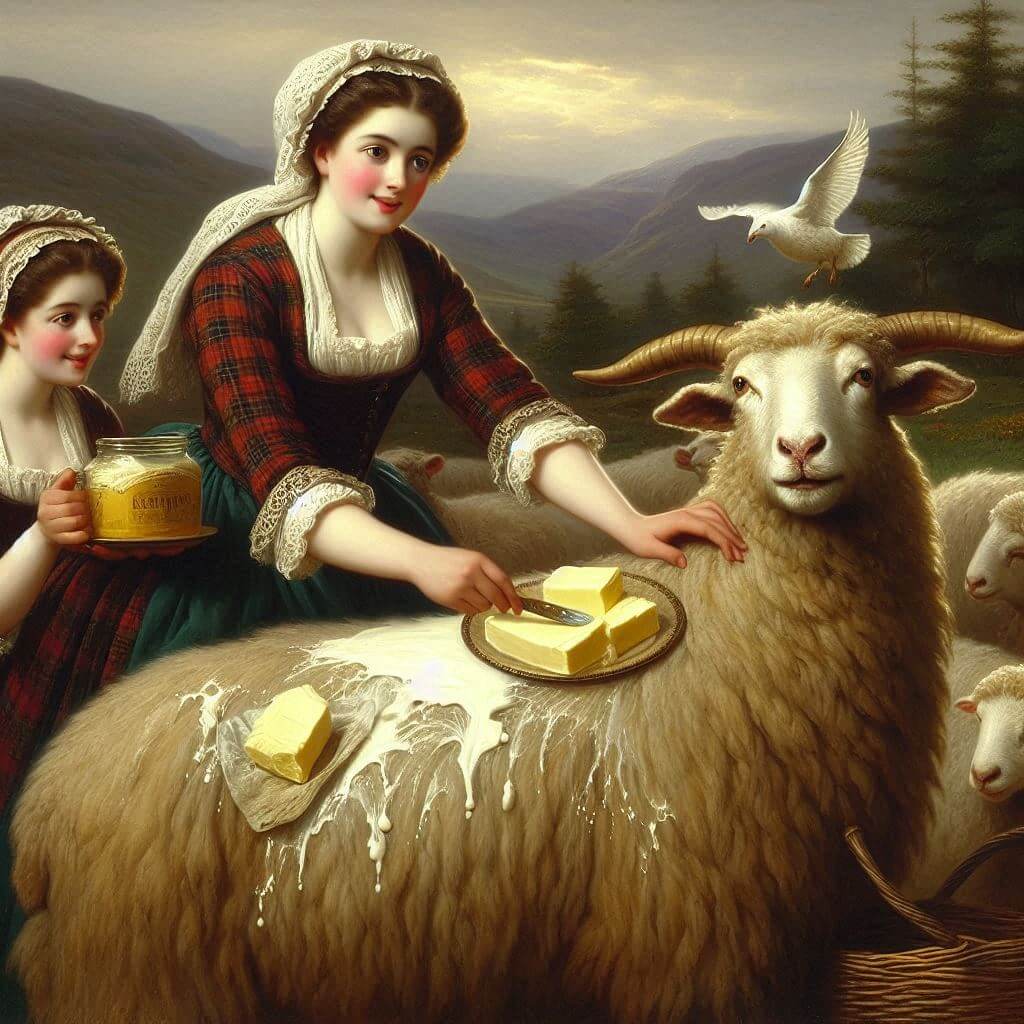
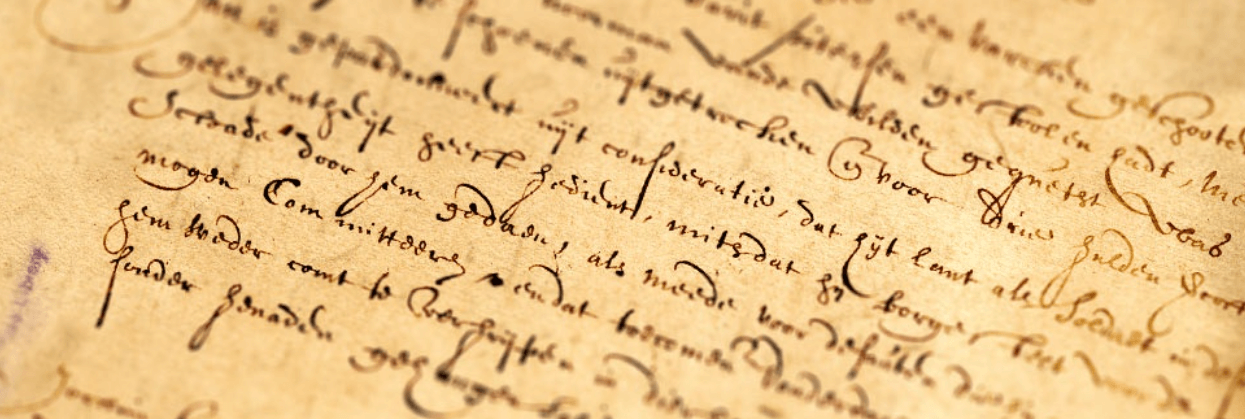
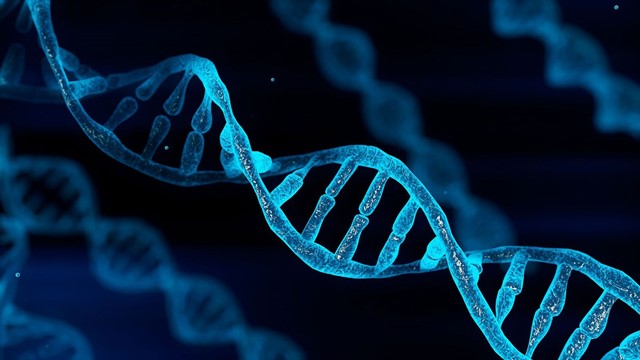
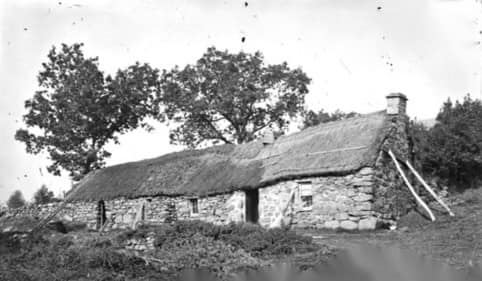
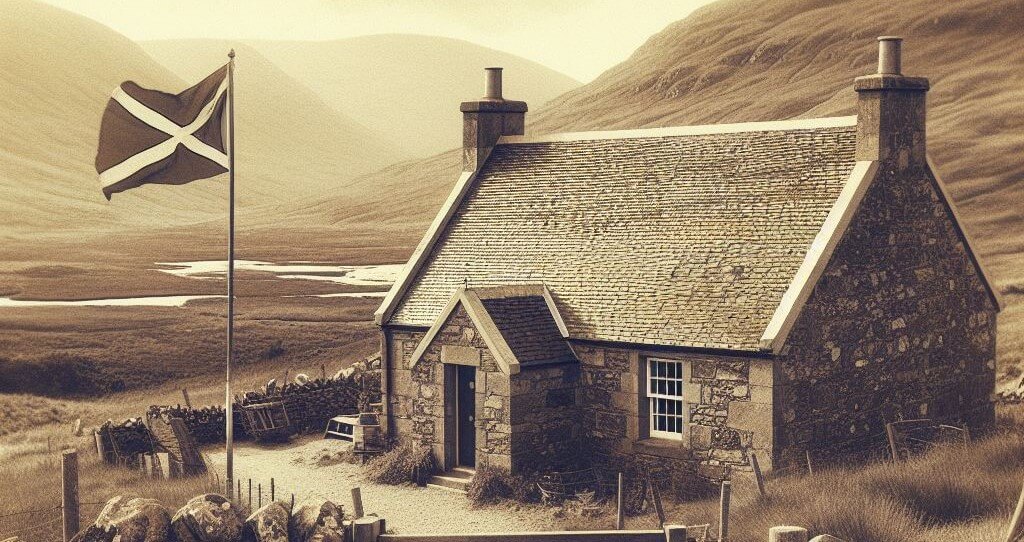
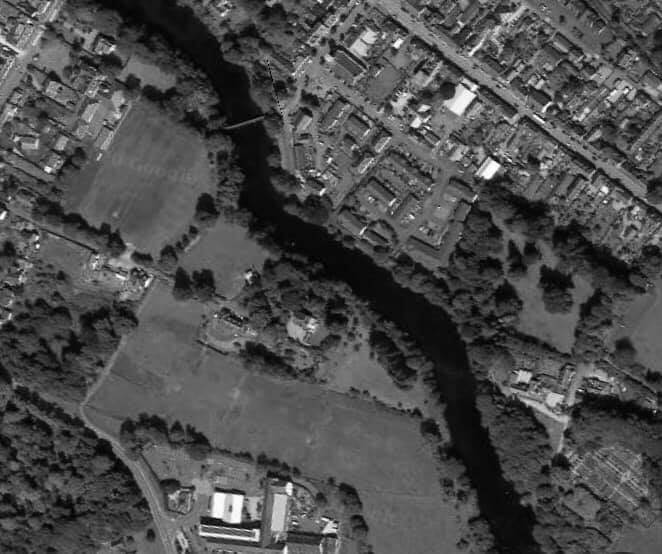
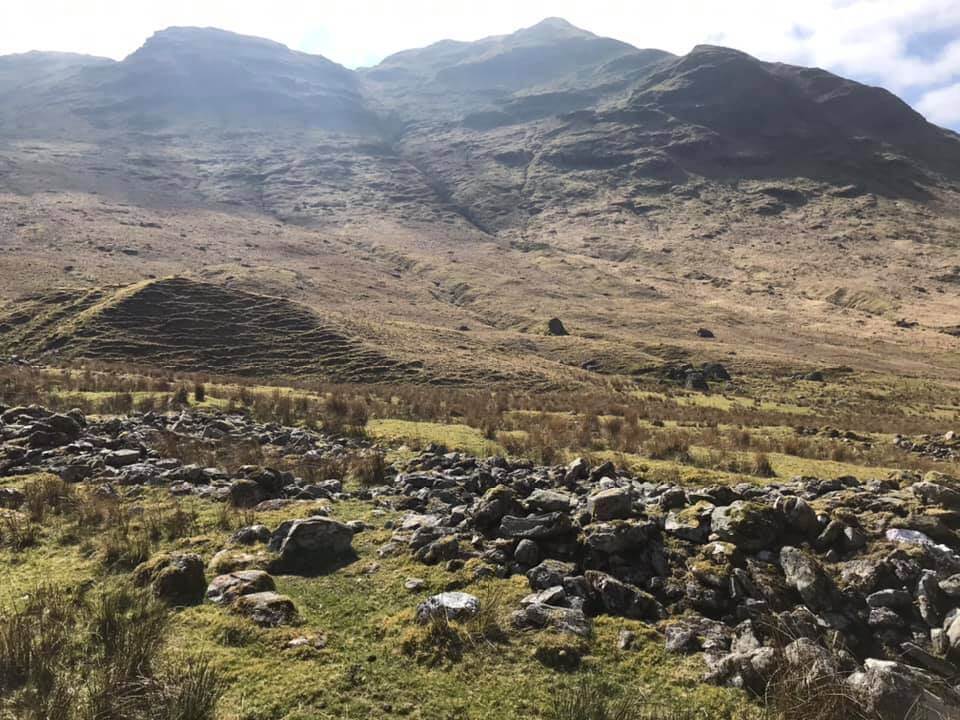
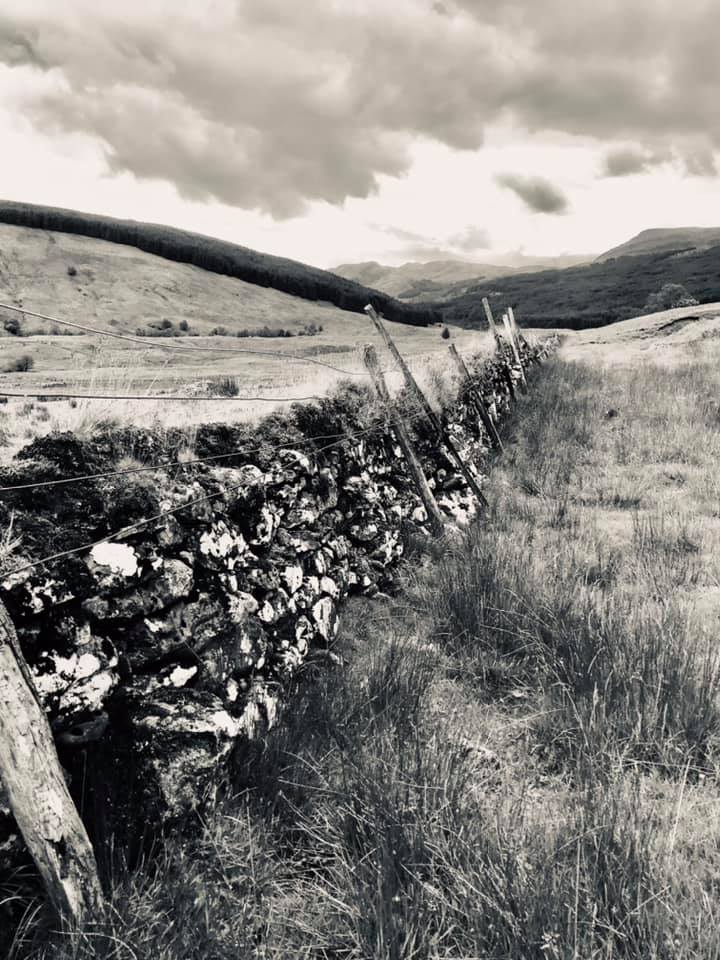
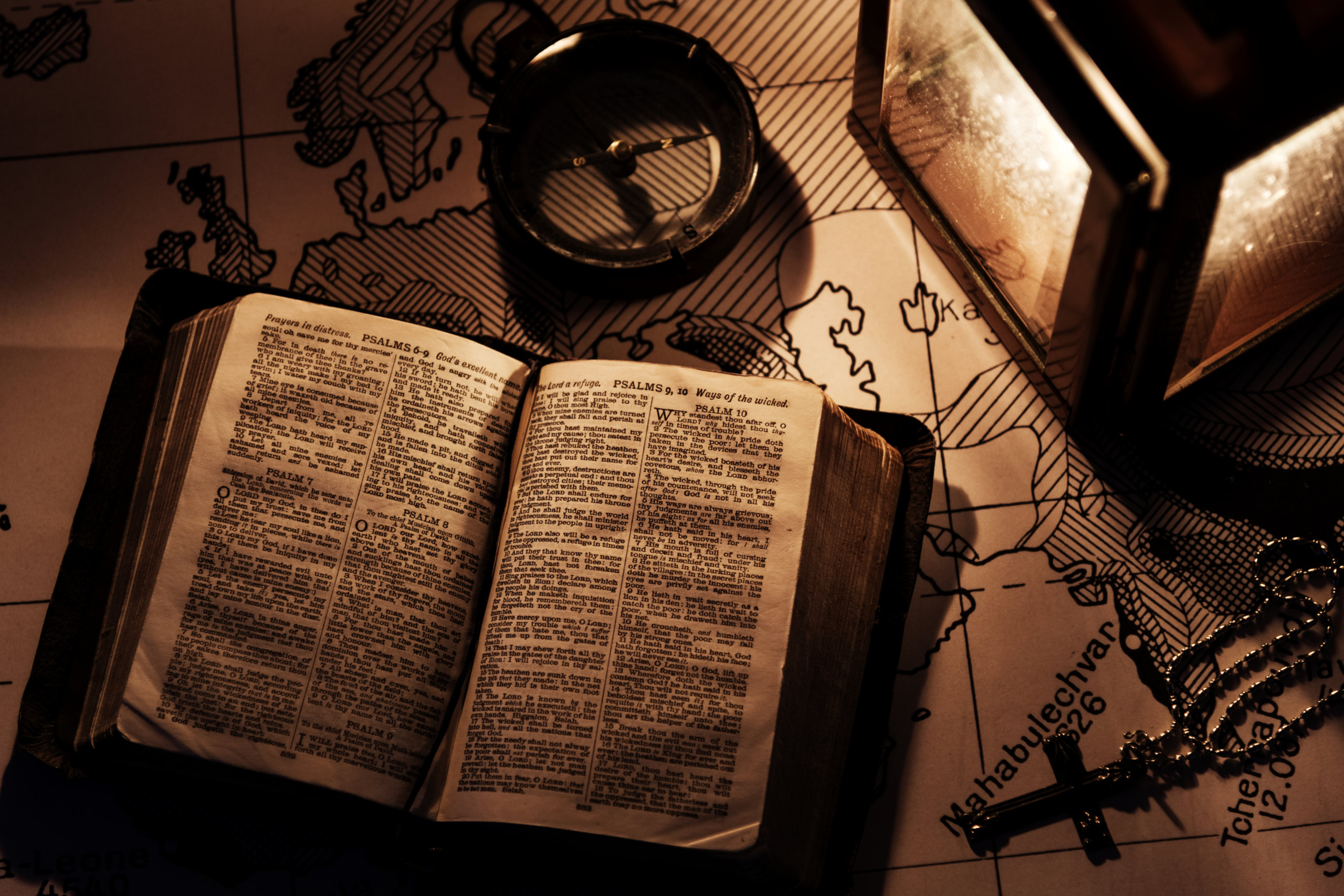
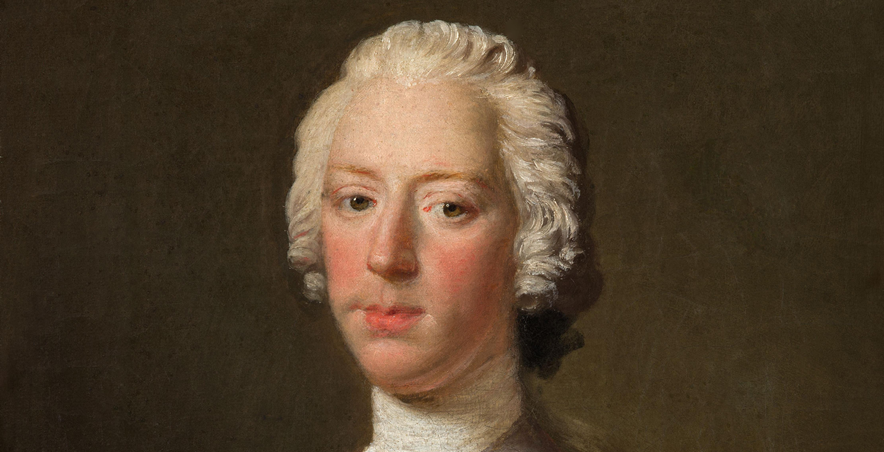
0 Comments